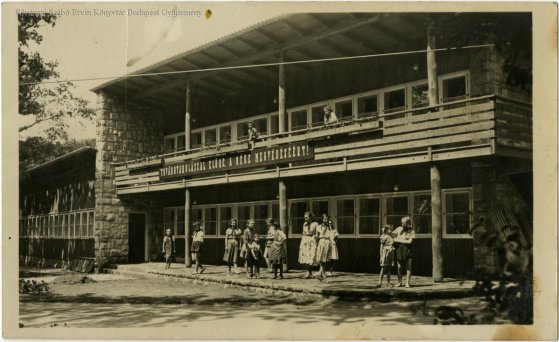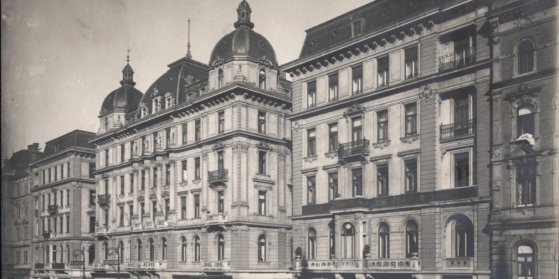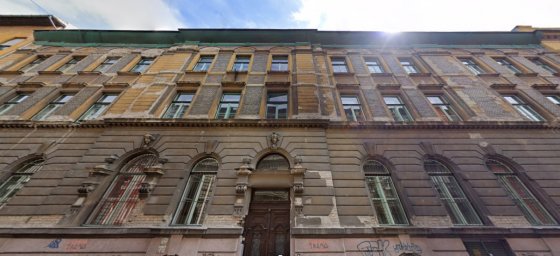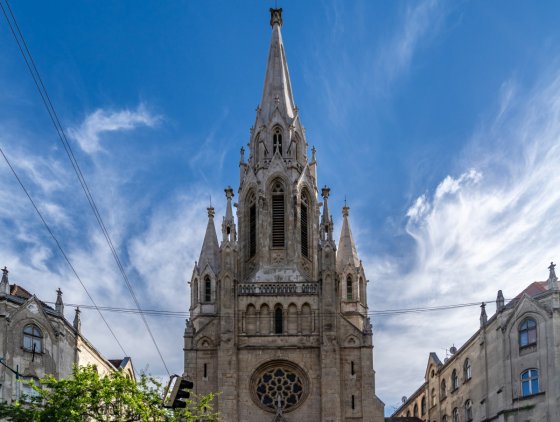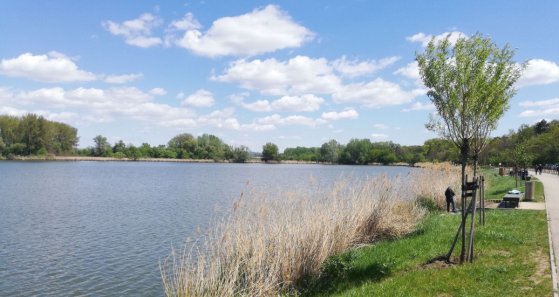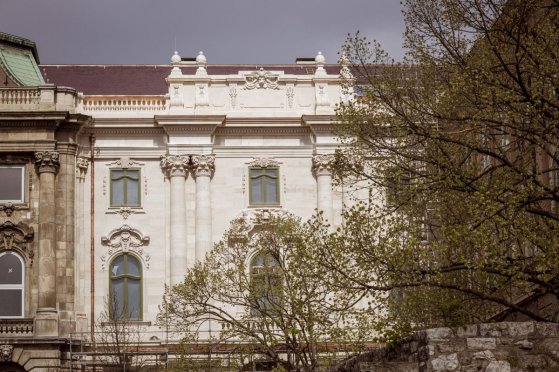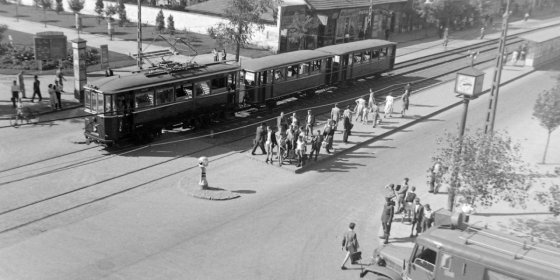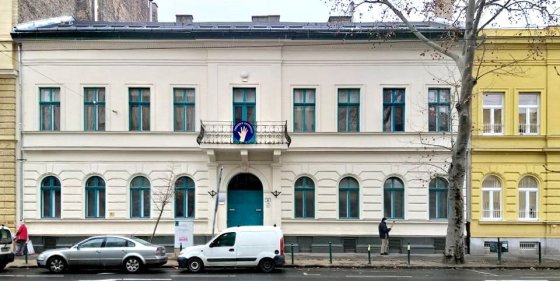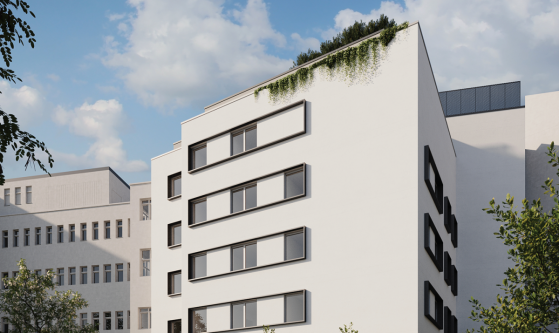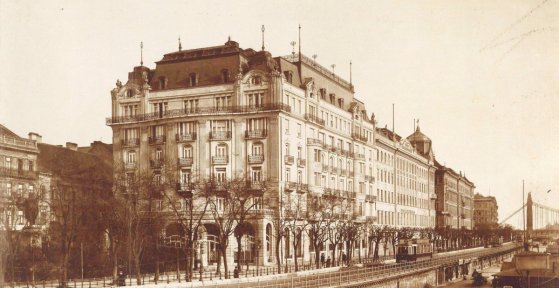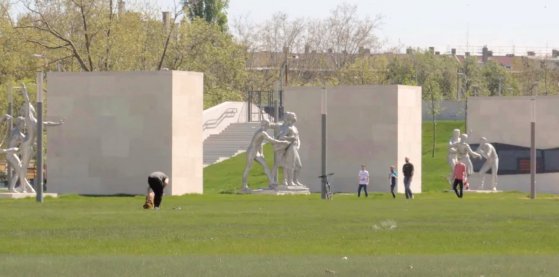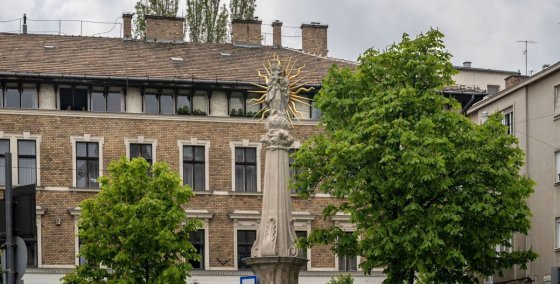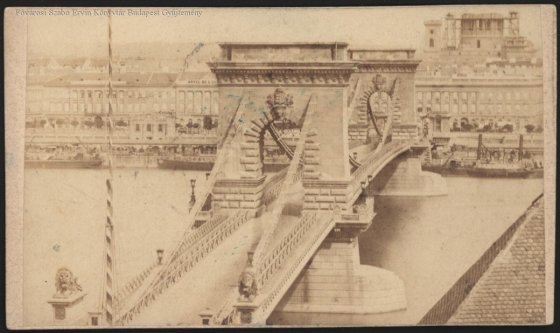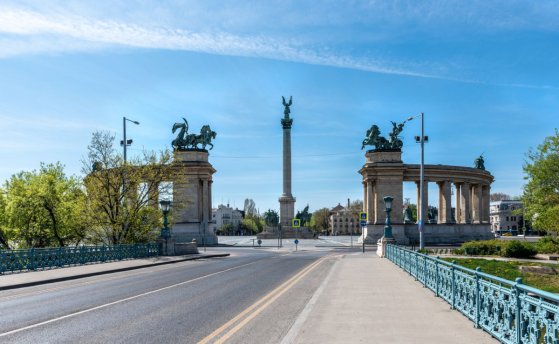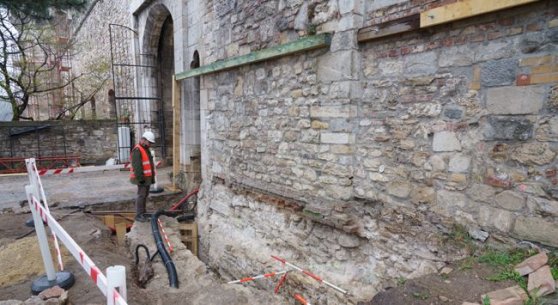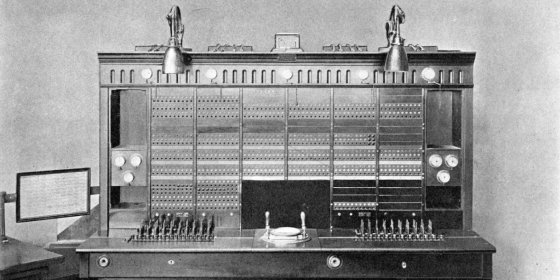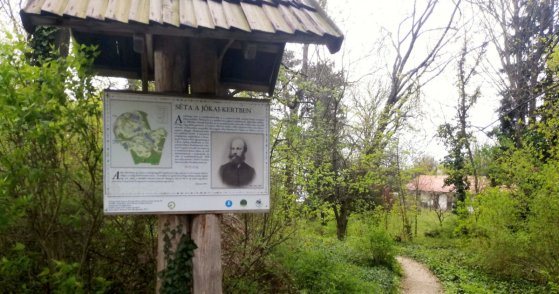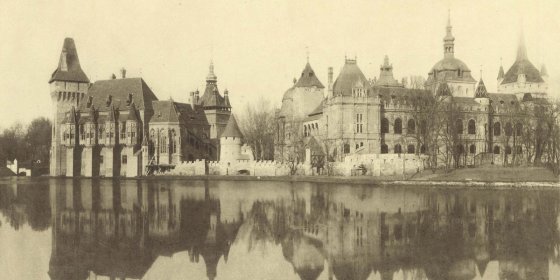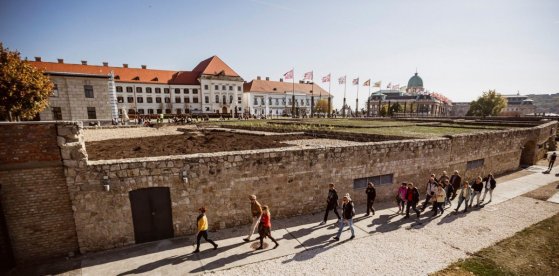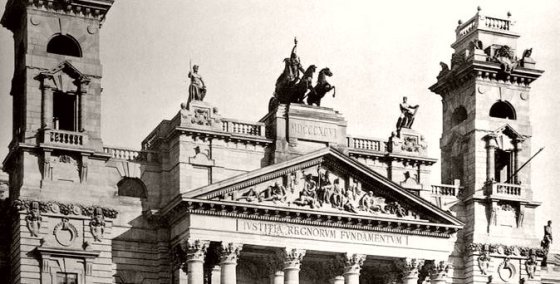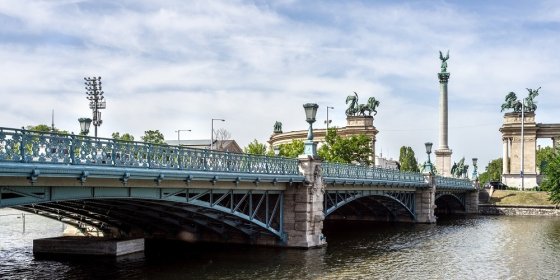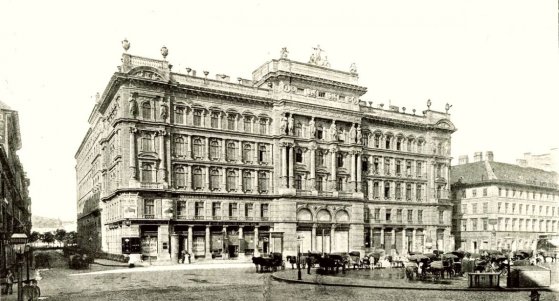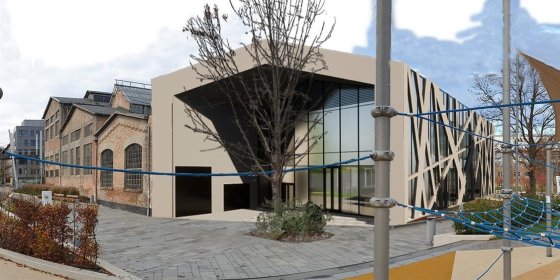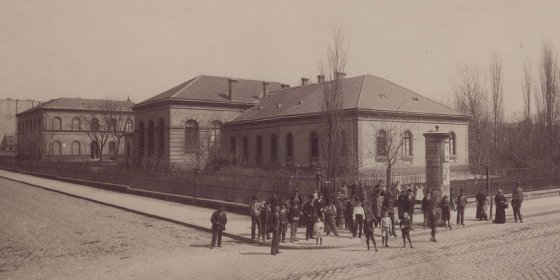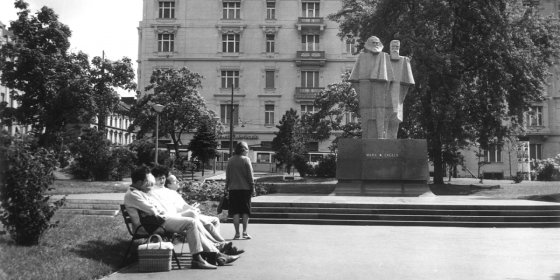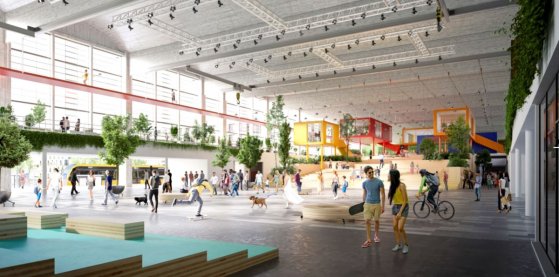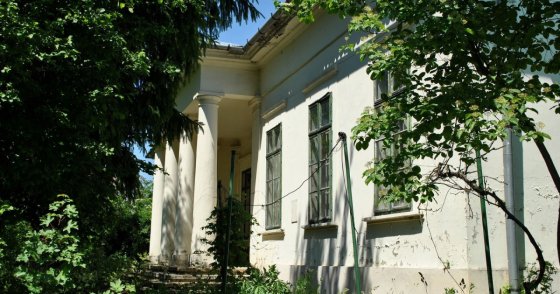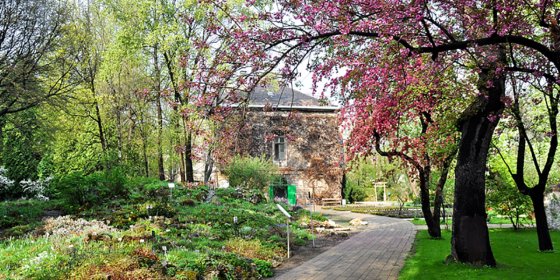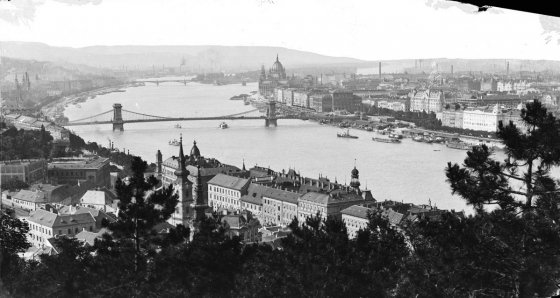 The „intertwined history” of the bridges and the city of Budapest
Which ideas and events have shaped the fate of bridges of Budapest and the cityscape? Alongside many other interesting facts, this question is also answered this newly published book by the Budapest City Archives, which introduces the history of bridges in Budapest.
The „intertwined history” of the bridges and the city of Budapest
Which ideas and events have shaped the fate of bridges of Budapest and the cityscape? Alongside many other interesting facts, this question is also answered this newly published book by the Budapest City Archives, which introduces the history of bridges in Budapest.
Budapest
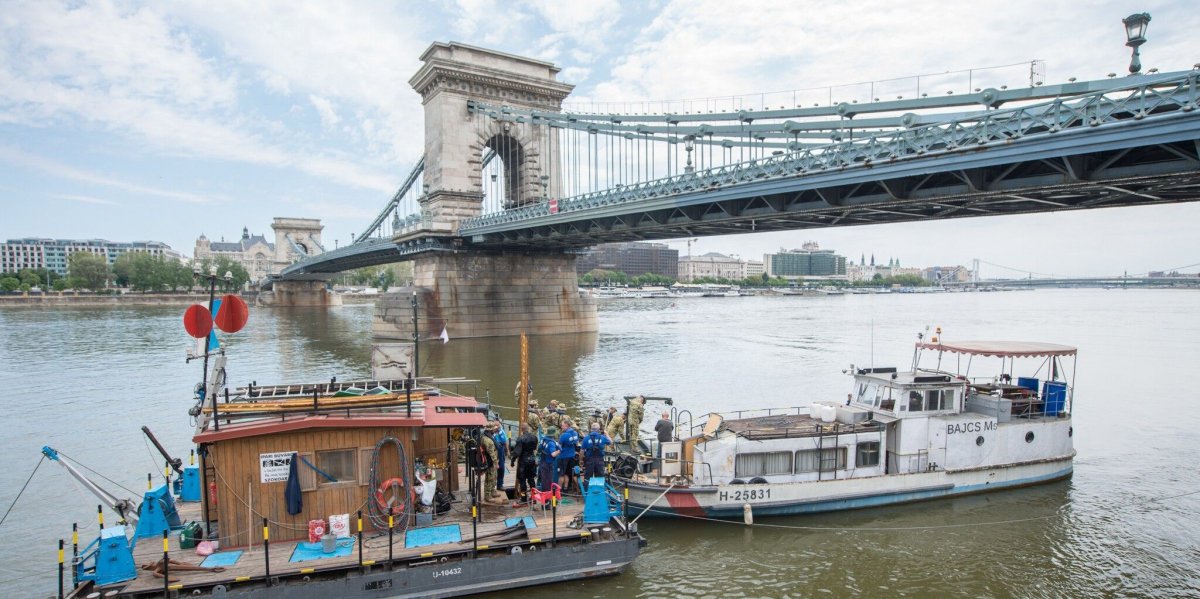 Divers to search riverbed near Chain Bridge for bombs and wrecks
Divers to search riverbed near Chain Bridge for bombs and wrecks
May 12, 2021 at 6:00 PM
In connection with the renovation of the Chain Bridge, the Danube riverbed around the bridge will be cleaned. During the work, which is expected to take a month and a half, the river will be surveyed with sonar and divers in the 50-meter vicinity of the bridge. Any unspent ammunition found will be disarmed and pieces of metal removed.
Tündérbérc to house children's camp again
May 12, 2021 at 9:00 AM
The name of Csillebérc is still associated with the former pioneer camp and the children's railway. Children spent their holidays in the camp known as Pioneer Republic, and later Csillebérc Pioneer Camp, from 1948. Eventually, a lawsuit that lasted 15 years from the 2000s settled the ownership of the area. Soon, a children's camp will open on Csillebérc again.
The Royal Hotel hosted the first film screening in Hungary 125 years ago
May 11, 2021 at 9:00 AM
Fortunately, the Hungarian Academy of Sciences set the date of the Hungarian conquest of the Carpathian Basin as 896, rather than the originally planned 895. In 1896, the official national millennium was celebrated with miracles such as the first domestic film screenings. The general public could see the screenings in two places: that of the Lumière brothers were held at the Royal Hotel, and Edison’s were shown in Lágymányos.
Szinyei Merse Pál Grammar School renovated
May 10, 2021 at 6:00 PM
Next year Szinyei Merse Pál Secondary School will celebrate its 125th anniversary. Plans are for the renovation of its facade to be completed by then. Standing on Szinyei and Kmety Street, the building designed by Ármin Hegedűs was completed in 1897.
Neo-Gothic wonder on Üllői Road – Church in Ferencváros designed by Sándor Aigner
May 10, 2021 at 9:00 AM
A large number of architects played a huge role in making Budapest a metropolis. They created numerous beautiful plans between the 1870s and 1910s. Many of our public buildings and dwellings that still stand are the fruits of their work. While this view is generally accepted, the names of several masters have almost been forgotten. Such is the case of Sándor Aigner, who designed many churches as a master of Gothic Revival architecture. His most important work is the Perpetual Adoration Church in Ferencváros.
Lake Naplás is true to its name – A place for relaxation
May 9, 2021 at 9:00 AM
The largest still water in Budapest is quite young. It was formed in 1978 during the flood protection regulation of the Szilas stream. Lake Naplás is worthy of its name, as naplás is an abbreviated form of the word napolás (to postpone), and it is worth postponing our other activities to explore the 16-hectare area and its surroundings.
Facade of southern connecting wing restored according to original plans – Royal Palace of Buda stands in its original splendour
May 7, 2021 at 2:00 PM
During the reconstruction of the Buda Castle, the original, turn-of-the-century condition of the southern connecting wing has been restored. Várkapitányság has announced, the southern facade of the building was rebuilt according to the original plans, as has the northern facade facing the Lion's Court. After the restoration of the internal spaces, the interior design of Saint Stephen's Hall also started a few weeks ago.
Shortest suburban railway line in Budapest turns 70
May 7, 2021 at 10:00 AM
Suburban railway lines (HÉV - helyiérdekű vasút) have been running from Boráros Square to the 21st District for seventy years. Csepel had a rapid transit connection before, with trains running on Gubacsi Bridge. The suburban railway line to Csepel is record-breaking in many aspects: it is the shortest line, the site of the most serious accident, and currently home to the oldest trains.
Music school finally to move in to Damjanich Street building
May 6, 2021 at 2:00 PM
The tender for the right to rent the building at 4 Damjanich Street in Erzsébetváros has been closed. Based on the decision, the Antal Molnár Music School can move into the local council's property previously renovated for the school.
Five-storey expansion of clinic in Ferencváros to go ahead
May 5, 2021 at 3:00 PM
The Ferencváros Health Service Centre will be expanded with a new five-storey building. Within the Healthy Budapest Program framework, the government is providing a total of 5.6 billion HUF for development.
The famous line of hotels on the Danube Promenade started to develop in the year of the millennium
May 5, 2021 at 9:00 AM
Several hostels and inns awaited local and foreign guests on the banks of the Danube in Pest during the Reform period. What would become the Danube Promenade south of Chain Bridge, was a stronghold of hospitality. Most of the houses constructed in the 1870s were not originally built as hotels, and it was not until the millennium that these developments began in the area. Upscale luxury hotels such as the Grand Hotel Hungária and Bristol awaited guests at the end of the 19th century and from the 1910s, the Ritz.
Huge new park opens in Budapest
May 4, 2021 at 2:00 PM
The surroundings of Puskás Arena have been revitalised. A new public park awaits visitors with huge green areas, playgrounds, a running track and sports fields. After the European Football Championship, even more sports fields will be built in the area.
The pedestal of the Mária Square memorial column is being renovated – The statue was restored last year
May 4, 2021 at 2:00 PM
The pedestal of the Mária Immaculata memorial column in Mária Square in the 1st district is being restored. The upper part of the work, along with the statue, was restored last year.
Neither Pest nor Buda wanted a private company to build the first bridge in Budapest – the bridge law is 185 years old
May 4, 2021 at 9:00 AM
A law promulgated 185 years ago made it possible to build the first permanent Danube bridge connecting Buda and Pest. A long debate preceded the adoption of the bridge law because neither Pest nor Buda supported a private company building the bridge, as they did not want to waive their customs rights.
Next steps for a car-free City Park – Planning of the new Pest overpass begins
May 3, 2021 at 4:00 PM
Another milestone towards a car-free City Park has been made. The Budapest Development Center has signed a contract to design a new overpass in Pest over the Rákosrendező railway station. It has also announced a public procurement procedure for designing a P+R car park to be built at the Mexikói road underground station.
Artefacts found at 14th century castle wall
May 3, 2021 at 2:00 PM
The finds from the Anjou or Sigismund-era constructions were found near the castle walls of the Royal Palace of Buda Castle, in the New World Garden. Staff from the Budapest History Museum completed the excavations. The finds are of particular importance because little is known about the Anjou-era parts of the palace.
Tivadar Puskás built the first Hungarian telephone exchange 140 years ago
May 3, 2021 at 9:00 AM
The first telephone exchange started operating in Budapest on May 1, 1881. Tivadar Puskás and his brother Ferenc built the equipment. Initially, the phone centre had only 25 subscribers, but its popularity grew steadily. Based on the telephone network and the telephone exchange, Tivadar Puskás's truly great invention, the Telephone Herald (Telefonhírmondó), was born and presented at the Millennium Exhibition.
A jewel above Budapest - The Jókai Garden has retained its charm
May 2, 2021 at 3:00 PM
Although Mór Jókai was not born and raised in Budapest, he still gave something to the capital that is irreplaceable. The garden and park he created have retained their charm to this day, despite the vicissitudes of history. The institutions here, which try to preserve Jókai's heritage, play a major role in these efforts.
Celebrating the millennial past of the Hungarian nation
May 1, 2021 at 4:00 PM
The central event of the millennium celebrations of 1896, held on the anniversary of the Hungarian Conquest of the Carpathian Basin, was the National Millennium Exhibition held in City Park. The exhibition, which was open for half a year, offered insight into the past of Hungarians and provided an opportunity to present the results achieved during the extraordinary economic development after the Austro-Hungarian Compromise.
Royal Palace of Buda Castle reopens with new guided walk and Hauszmann exhibition
May 1, 2021 at 2:00 PM
Cultural life has returned to the Royal Palace. A new, free exhibition entitled The Hauszmann Story presents the rebirth of the Buda Castle District. Visitors are also invited on a spectacular, underground adventure walk as part of the Buda Castle Walks.
Missing inscription to return to the facade of Palace of Justice
April 30, 2021 at 2:00 PM
A Latin inscription once proclaimed the judicial role of the building that stands opposite the Parliament building on Kossuth Square. Until 1949 the Palace of Justice housed the Curia, Hungary's highest court of appeal. The inscription was removed in the 1950s. During the building's renovation and the relocation of the Curia, the original inscription will return after seventy years.
Second life for the bridges of Budapest?
April 30, 2021 at 9:00 AM
Recently, an announcement was published about reusing the pieces of the soon-to-be-demolished Southern Railway Bridge in Budapest for other, smaller bridges, such as connections to Hajógyári Island. At first glance, it sounds like a rather strange idea to create a new bridge from a used one, but it is not uncommon at all, even in Budapest. There are several bridges in the capital, the elements of which were once parts of other structures.
The imposing palace of Vörösmarty Square – Headquarters of the world-famous Haas Fülöp & Sons Company
April 29, 2021 at 9:00 AM
Fülöp Haas founded the most high-quality carpet manufacturer in the age of dualism in Vienna. The company, which later became world-famous, had two factories in Hungary and a central department store and warehouse in Budapest: one of the most beautiful palaces of today's Vörösmarty Square. The company, which made the production of carpets an applied art, also made the ornate wall tapestry of Saint Stephen Hall in the Royal Palace of Buda Castle, which will soon be reborn in the reconstruction.
Work continues on Millenáris – Reconstruction of Reception Hall begins
April 28, 2021 at 6:00 PM
The renovation of the Reception Hall and the Main Hall of the former Ganz factory on Millenáris Park has begun. The buildings will host community venues and exhibition spaces. The park will host the Álmo Álmodói – Világraszóló magyarok 2.0 ('Dreamers of Dream – Internationally renowned Hungarians') exhibition to celebrate the 20th anniversary of the park's opening.
Budapest is home to one of the oldest veterinary training institutions in Europe
April 28, 2021 at 2:30 PM
The building complex of the University of Veterinary Medicine Budapest has been serving Hungarian veterinary training for exactly 140 years. The building complex in Erzsébetváros, located between today's Rottenbiller and Bethlen Streets, was designed by Imre Steindl, decorated with Zsolnay majolica and stained glass by Miksa Róth. On the World Day of Veterinarians, 28 April, PestBuda presents the history and building complex of the University of Veterinary Medicine Budapest.
The statue of Marx and Engels inaugurated fifty years ago
April 28, 2021 at 12:00 AM
The theoretical foundations of communism were laid by a German philosopher and a wealthy German merchant. Neither of them were workers, yet they hatched plans for a perfect state of workers. In addition to Lenin, socialism considered Marx and Engels to be the “apostles” of the system. Their portraits hang in all the most notable places and events, yet a statue of the two founders was only erected in Budapest relatively late, in 1971 on Jászai Mari Square.
Nagyvásártelep reborn – Winning plans announced
April 27, 2021 at 6:30 PM
A Hungarian architectural firm won the international tender announced for the reconstruction of the Nagyvásártelep area in the 9th District. Designed by Aladár Münnich and built in 1932, the 247-meter-long and 42-meter-wide hall will be reborn as event spaces, sports halls, cafes and clubrooms on three levels, according to the plans of BIVAK Stúdió, as part of the Budapest Diákváros (Student City) development.
Foundations gain ownership of Váry Szabó Mansion and Csillebérc Camp
April 27, 2021 at 3:30 PM
Today, the Parliament passed a bill on the transfer of state real estate. The Foundation for Educational, Cultural and Scientific Education (Polgári Művelődésért, Oktatási, Kulturális és Tudományos Alapítvány) will receive the Váry Szabó Mansion, while the organisers of the Erzsébet Camps will receive the 46 hectare plot of the former Csillebérc Pinoeer Camp.
Reconstruction of the Charity Hospital continues – The new towers are almost ready
April 26, 2021 at 2:00 PM
Reconstruction works underway since 2019 in the Mazsihisz Charity Hospital (Szeretetkórház) have continued with the renovation of block no. 2. The future central building will house outpatient care and a 60-bed rehabilitation department. Work is expected to be finished next year. The new tower of the unique building on Amerikai Road is already visible and will be completed within weeks.
The home of 5 lakes - Ten interesting pictures of the 250-year-old Füvészkert
April 26, 2021 at 9:00 AM
It has been operating in its current location for 174 years, its oldest trees, the fern pines, have lived through 200 springs, and its fairy roses were admired by members of the royal family. In its area, which once was the park of Festetics Palace, there were once 5 lakes, and its glasshouse was known to generations from The Paul Street Boys. Take an imaginary walk in the 250-year-old Füvészkert (ELTE Botanical Garden; 'herb garden') with ten carefully selected pictures.
More articles
 The „intertwined history” of the bridges and the city of Budapest
Which ideas and events have shaped the fate of bridges of Budapest and the cityscape? Alongside many other interesting facts, this question is also answered this newly published book by the Budapest City Archives, which introduces the history of bridges in Budapest.
The „intertwined history” of the bridges and the city of Budapest
Which ideas and events have shaped the fate of bridges of Budapest and the cityscape? Alongside many other interesting facts, this question is also answered this newly published book by the Budapest City Archives, which introduces the history of bridges in Budapest.
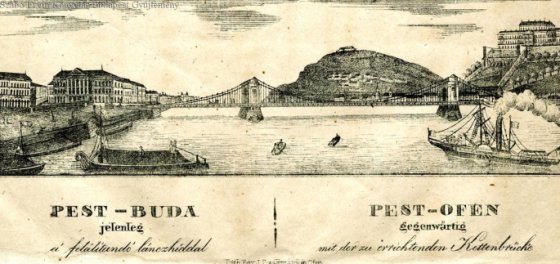 The Bridge Report, which brought a turning point in the history of Budapest
A travel report that changed the history of Pest and Buda, as well as Hungary. The little book contributed to the change of half a thousand years of legal customs and the implementation of an investment of unprecedented size and technical quality. This book was The Bridge Report [Hídjelentés in Hungarian].
The Bridge Report, which brought a turning point in the history of Budapest
A travel report that changed the history of Pest and Buda, as well as Hungary. The little book contributed to the change of half a thousand years of legal customs and the implementation of an investment of unprecedented size and technical quality. This book was The Bridge Report [Hídjelentés in Hungarian].
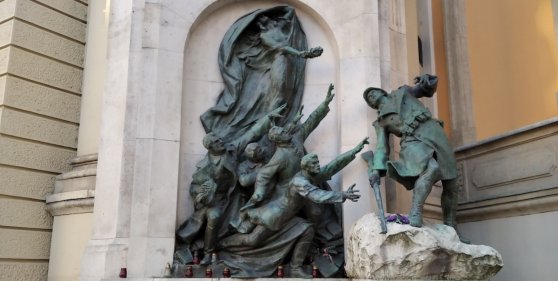 Drama on the university wall - The heroic monument was planned 95 years ago
In the constant hustle and bustle of the Egyetem Square in Pest, the students may not even notice the monument that decorates the short section of wall between the church and the central building of ELTE. However, it commemorates their predecessors, the heroes who fought for their country in World War I, and those who heroically helped them. The first design of the dramatically collapsing soldier was born in 1928, ninety-five years ago.
Drama on the university wall - The heroic monument was planned 95 years ago
In the constant hustle and bustle of the Egyetem Square in Pest, the students may not even notice the monument that decorates the short section of wall between the church and the central building of ELTE. However, it commemorates their predecessors, the heroes who fought for their country in World War I, and those who heroically helped them. The first design of the dramatically collapsing soldier was born in 1928, ninety-five years ago.

